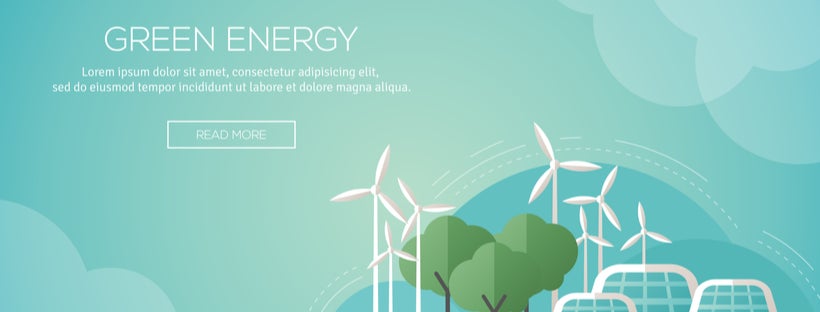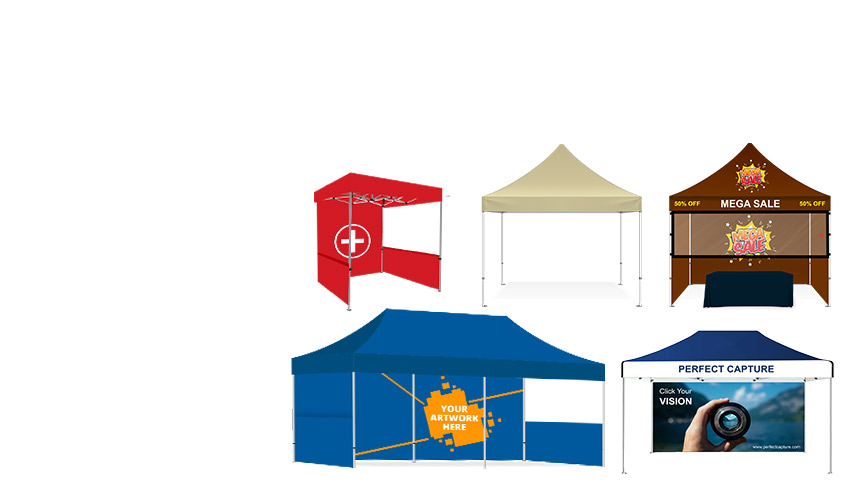On April 22nd, 1970, a coalition of environmental advocates, led by Wisconsin senator Gaylord Nelson, founded the first ever Earth Day. While originally celebrated in the US, Earth Day has become an international holiday that celebrates the environment and conservation activities. As the 2022 Earth Day theme suggests, it’s all about “Investing in Our Planet”.
While businesses frequently cater to new trends, environmentalism is one that’s often overlooked. If you want to help out the Earth while attracting a new set of eco-conscious customers, here’s a few ways you can go greener for an Earth Day celebration.
Produce or Support Green Products

When you’re considering going green as a brand, the most important place to start is the product. Considering that about 75% of millennials are willing to pay a premium for environmentally sustainable products, making them so is a quick way to winning the hearts of eco-conscious consumers.
When it comes to the assembly line, there’s several ways you can make your production greener. Some of these include:
- Cutting down on waste (material, energy, resources, etc.) during manufacturing.
- Simplifying the supply chain and keeping to low energy use shipping, like ground transport.
- Financing carbon-positive activities.
- Switching product materials to greener alternatives.
- Implement an end-of-life program on your products that minimizes environmental impact.
- Minimize or eliminate packaging, or alternatively, switch to biodegradable packaging.
Position Your Brand as Environmentally Conscious
Brand positioning is the practice of marketing your niche over your competitors. Instead of going for a larger target market, use your position in the marketplace to your advantage, and compete directly with your competitors.
One of the keys to positioning your brand is effective public relations. If you’re positioning yourself as a green brand, draft a compelling statement that conveys how you are motivated to preserve the environment or contribute to it in meaningful ways. Keep the message short, impactful, and tangible.
Be Specific

When you’re outlining green policies, it’s important to be specific. Instead of stating “we are ready to go green”, state a goal, such as “we are putting an end to single-use plastic by 2025.” Make sure you run PR campaigns across online and offline channels to inform the press, your patrons, and prospects.
Proper advertising is important as well. Run campaigns to spread your brand’s eco-conscious identity, listing out ways your brand is contributing back to the environment. Remember, all your efforts will be in vain if you fail to get the word out.
Go Green With Physical Advertising
Speaking of advertising, when you’re creating marketing materials for a green campaign, it’s important to put your money where your mouth is. Don’t preach sustainability while handing out laminated brochures.
For marketing materials, make a conscious decision to discard old, environmentally harmful modes of marketing and replace them with environmentally conscious substitutes. For instance, you can try swapping out PVC banners for new, eco-friendly outdoor banners.
Utilize Digital Advertising
On a related note, it’s important to remember digital marketing. Eco-conscious consumers are often younger and easier to target online. Utilizing social media and other forms of digital marketing allows you to reach more eco-conscious consumers while reducing output of waste.
Go Local

In grocery stores, you can provide access to fresh and local produce. Buy foods that are nutritionally superior and in season. As a company, you can reduce waste through thrifting, purchasing unique slow-fashion products, and more.
And, of course, the money spent should go into local community development, which can fund organizations working towards environmentalism.
Get Vocal About Local
The “Shop Local” movement does more than revive your local economy; it reduces your carbon footprint. When you source products and raw materials locally, you make your supply chain shorter and cut down on long-distance hauling, storage and packaging, and transportation.
Building a local supply chain also gives back to your community. You would be supporting local practices that could be far more sustainable and in harmony with the environment than corporate partners. So wear your “Shop Local” custom t-shirts with pride, and let your consumers know who they are supporting!
Partner With Other Eco-Friendly Retailers
As cliche as it may sound, when it comes to the environment, we are all in this together. If you wish to expand your impact in caring for the environment, partner with other businesses to make the Earth more liveable. Choose complementary businesses for your Earth Day activities and make collective decisions on how to make your existing businesses more eco-friendly.For instance, restaurants can partner with local grocery vendors to incorporate local cuisines on their menus. Different print companies could come together to work with a local recycling plant to conduct a drive. In simple words, foster mutually beneficial activities to make incremental improvements to your environment and your brand.





























 Posted in
Posted in 







